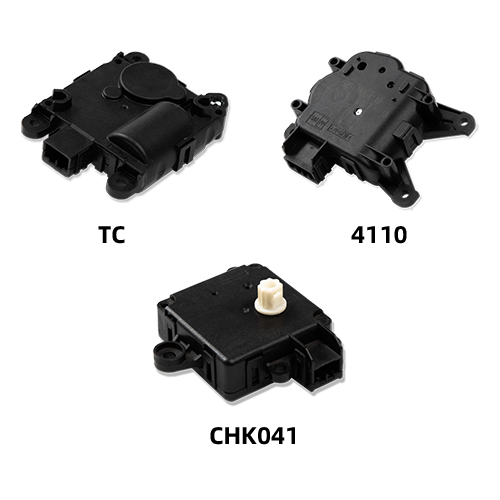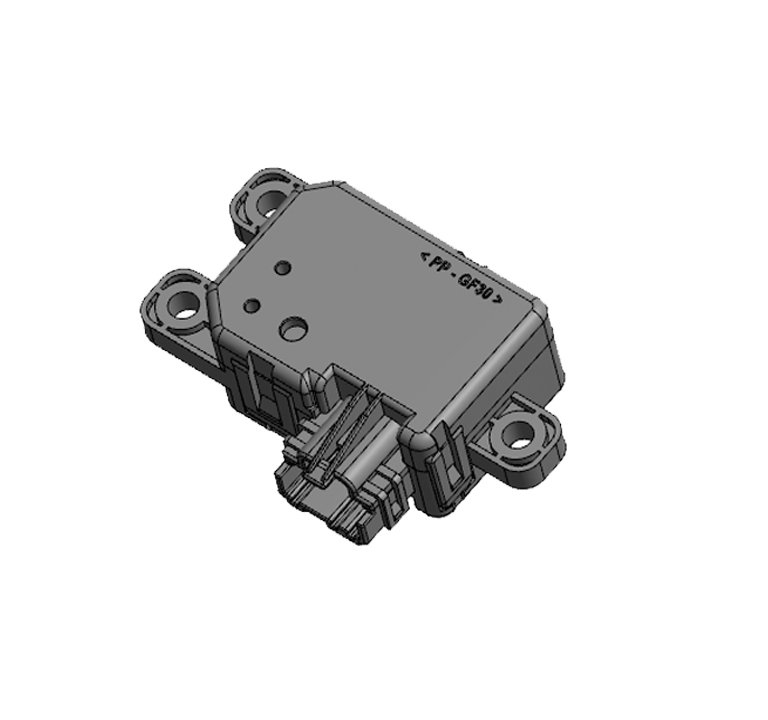What is this vent-like device under the car's air vent actuator seat?
Made of a mixture of fiber graphite and silicon, whether it is hot or cold braking, it has better braking performance and longer service life, and is generally used in high-end cars or high-end sports cars.
The manufacturing technology of drum brakes is relatively low, and it is also the first to be used in brake systems, so the manufacturing cost is lower than that of disc brakes.
Because the drum brake pads are sealed in the brake drum, the debris after the wear of the brake pads cannot be dissipated, which affects the contact surface between the brake drum and the pads and affects the braking performance.
Since the brake system is not sealed, the fine chips worn by the brakes will not be deposited on the brakes. The centrifugal force of the disc brakes can throw all water, dust and other contamination out to maintain a certain degree of cleanliness. In addition, because the disc brake parts are independent, it is easier to maintain than the drum brake
In addition to the higher cost, disc brakes are basically better than drum brakes. Disc brakes are also called disc brakes, as the name suggests, they are named after their shape. It is controlled by hydraulic pressure, this brake dissipates heat quickly, is light in weight, simple in construction and easy to adjust. Especially under high load, the high temperature resistance is good, the braking effect is stable, and it is not afraid of muddy water invasion. In winter and bad road conditions, disc brakes are easier to stop the car in a shorter time than drum brakes.
There are also many small holes on the brake disc of some disc brakes to accelerate ventilation and heat dissipation to improve braking efficiency. On the other hand, drum brakes, due to poor heat dissipation, will accumulate a lot of heat during the braking process. Under the influence of high temperature, the brake shoes and drums are prone to extremely complex deformation, which is prone to braking recession and vibration, resulting in a decrease in braking efficiency. Of course, disc brakes have their flaws. For example, the manufacturing requirements of brakes and brake pipelines are relatively high, the wear and tear of the friction plates are large, and the cost is expensive. Moreover, due to the small area of the friction plates, the working surface of relative friction is also small, and the required brake hydraulic pressure is high, which must be It can only be used on vehicles with power assist devices, so it can only be used on light vehicles. The cost of drum brakes is relatively low and relatively economical.
Therefore, from the perspective of economy and practicality, car designers generally adopt a mixed form, with front wheel disc brakes and rear wheel drum brakes. During the braking process of a four-wheeled car, the load of the front wheel usually accounts for 70%-80% of the total load of the car due to the effect of inertia, so the braking force of the front wheel is larger than that of the rear wheel. In order to save costs, car manufacturers use front wheel disc brakes and rear wheel drum brakes. For mid-to-high-end cars with four-wheel disc brakes, the front-wheel ventilated disc brakes are used for better heat dissipation, and the non-ventilated disc brakes on the rear wheels are also the reason for the cost. After all, the manufacturing process of the ventilated disc is much more complicated, and the price is relatively expensive. With the development of material science and cost reduction, disc brakes tend to gradually replace drum brakes in the field of cars.
The ventilated disc is composed of two brake discs of the same size, with a vent between them. When the brake disc rotates with the wheel at high speed, it will act like a pump to discharge the hot air between the two discs to achieve the purpose of heat dissipation.
The drum braking force should be greater than that of the disc brake, but with the use of time, the brake powder is not easy to remove, and the thermal effect is large, which leads to the weakening of the braking force.
And ABS or higher technology, in theory, has little effect (or little effect) on drum brakes, so generally modern cars use relatively high-cost disc brakes.
Drum brakes consist of brake drums and brake shoes. The brake drum is shaped like a washbasin, made of metal with good heat dissipation, and rotates with the wheel. The brake shoe is installed on the fixed brake bottom plate, and the two arc-shaped brake shoes form a circle with a diameter slightly smaller than the brake drum and extend into the brake drum. When the brake is stepped on, the driving mechanism expands the circular brake shoe, and the brake shoe with high friction performance on the surface rubs violently with the inner surface of the brake drum, forcing the rotating brake drum to gradually decelerate until it stops. rotate. The friction generates heat, the kinetic energy is converted into heat energy, and the car stops moving.
A disc brake consists of a disc and a caliper. The brake disc is shaped like a thin turntable on a rotating dining table, also made of metal, and rotates coaxially with the wheel. The brake caliper is fixed, and it forms a "caliper" across both sides of the brake disc. During the braking process, the drive mechanism urges the brake caliper to clamp the two sides of the brake disc, and the friction plates embedded in the caliper rub the brake disc violently, forcing its speed to decrease until it stops.
In this way, we know that drum brakes and disc brakes decelerate and stop the rotating brake drum and brake disc by means of friction through the fixed brake shoes and brake calipers respectively. The original kinetic energy of the brake drum and the brake disc turns into heat in the friction and dissipates through itself, so the heat dissipation performance affects the braking performance of the car to a large extent. If the heat generated by braking cannot be dissipated in time and accumulates more and more, the friction force emitted by the friction pads embedded in the brake shoes and brake calipers will decrease or even fail with the increase of temperature, resulting in loss of braking . That's why overloaded trucks pour water on the brake drums when driving in the mountains. The change in the hot and cold performance of the brake is referred to as the "thermal stability" of the brake. Our small passenger car also encounters a similar situation when going down a long slope. If you step on the brake for a long time to control the speed of the car, the potential energy of the car going from a high place to a low place plus the kinetic energy generated by the movement will be converted into heat through the brakes, and it will " If the heat becomes unbearable, it may make the brakes "meat" and even fail. The correct way is to put the transmission in a lower gear, use the traction of the engine to prevent the car from going downhill faster and faster, and step on the brakes as an auxiliary means of deceleration. So we can know that because the brake drum buckle forms a relatively sealed state on the brake base plate, the inner surface of the brake drum cannot dissipate heat, and can only rely on the outer surface of the drum to dissipate heat, so the heat dissipation of the drum brake is not as good as that of the entire surface. Exposed disc brakes are also less thermally stable than disc brakes. In order to further improve the heat dissipation performance, many cars also use "ventilated discs" with ventilation slots, which provide better heat dissipation and braking performance.
In this case, wouldn't it be better to have disc brakes on all four wheels (commonly known as front and rear discs), why would there be "front discs and rear drums"?
We know that when braking, the weight of the car will be transferred to the front axle. The stronger the braking, the more the weight will be transferred forward, and the weight on the rear axle and the required braking force will be smaller. In most cases, 70-80% of the braking force acts on the front axle, and at most % of the weight of the whole vehicle will act on the front axle, so the front axles all use disc brakes with better heat dissipation and thermal stability, while Drum brakes on the rear wheels with little stopping power are sufficient. On the other hand, the parking system of the car is integrated with the rear wheel brake, especially the drum/parking integrated brake technology is mature and low cost. The disc/parking integrated brake is expensive, and it is only competitive if it is installed on high-end cars. Therefore, most cars use the "front disc and rear drum" braking method, while high-end sports cars use front and rear brakes. Disc brake system.
To sum up, the "front disc and rear drum" braking can fully meet our daily use needs, it reduces the purchase cost of the car, and the future use and maintenance costs are also more economical. However, racing cars with frequent acceleration and deceleration in mountainous areas and high-end cars with high-end consumption capacity are suitable for four-wheel disc brakes, which enable us to obtain better braking performance


